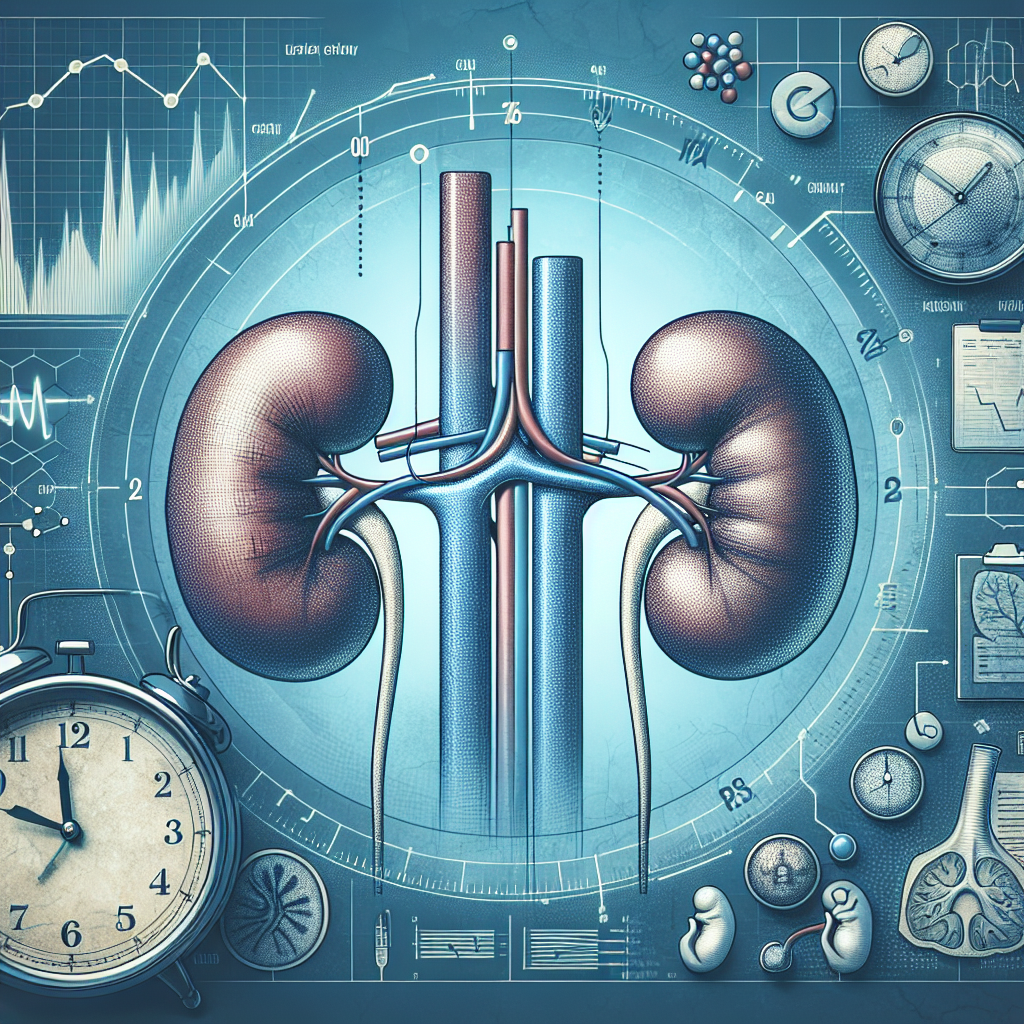Silent Threat: Understanding and Managing Chronic Kidney Disease
Chronic kidney disease (CKD), affecting 35.5 million Americans, often goes undiagnosed. High blood pressure and diabetes are key risk factors. Early intervention can prevent progression, yet many remain unaware due to healthcare system constraints. Patients are urged to actively engage with healthcare providers to manage and slow CKD progression.

- Country:
- United States
Chronic kidney disease (CKD) is a stealthy adversary, affecting millions in the U.S. despite its low profile. Alarmingly, many remain undiagnosed due to the healthcare system's constraints. With early detection, interventions can slow its progression, yet awareness remains the Achilles' heel.
In the U.S., high blood pressure and diabetes rank as leading risk factors for CKD. Without symptoms in its early stages, the disease often goes unnoticed. Diagnosing CKD requires an estimated glomerular filtration rate test, yet routine checks are frequently overlooked in primary care settings.
To combat this hidden crisis, patients should proactively engage with their healthcare providers, asking about kidney health and potential risk factors. For those diagnosed, adhering to treatment plans and lifestyle modifications could prevent the progression to kidney failure, emphasizing the need for informed and proactive patient care.
(With inputs from agencies.)
ALSO READ
Eli Lilly Launches Mounjaro in India: A Game-Changing Solution for Diabetes and Obesity
Eli Lilly Launches Mounjaro: A Game Changer in India's Fight Against Obesity and Diabetes
Eli Lilly Launches Innovative Drug 'Mounjaro' to Combat Obesity and Diabetes in India
Eli Lilly's Mounjaro Takes on India's Growing Obesity and Diabetes Challenge
Eli Lilly Launches Mounjaro in India: A New Hope for Diabetes and Obesity










